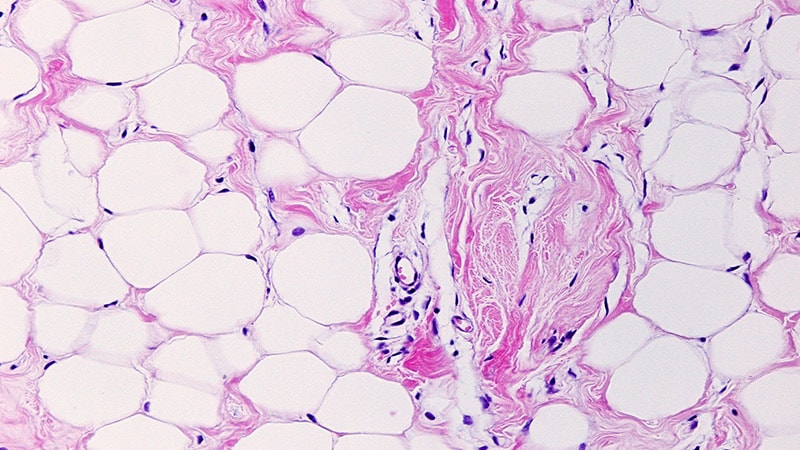Nonfunctional adrenal tumors (NFATs) are associated with an increased risk for fractures especially among younger men, according to study results published in JAMA Network Open.
Although previous research findings suggest a link between mild autonomous cortisol secretion and fractures, no larger studies have assessed fracture frequency among participants with NFATs.
To compare fracture incidence and prevalence among individuals with vs without NFATs, Swedish researchers conducted a population-based, retrospective cohort study. Participants included patients with NFATs diagnosed from 2005 through 2019, excluding those with adrenal hormonal excess or a previous malignant tumor.
The main outcomes were prevalence and incidence of fractures after adjustment for sex, age, and comorbidities. Secondary outcomes included prevalence and incidence of distal arm, vertebral, or hip fractures, as well as fracture incidence after adrenalectomy.
The study included 20,390 participants with NFATs (median age, 66 years), of whom 59% were women, 14.8% had diabetes, and 13.6% had ischemic heart disease. The control group included 125,392 participants (median age, 66 years), of whom 56% were women, 7.7% had diabetes, and 9.2% had ischemic heart disease.
“
[P]atients with NFATs, particularly younger men, should have bone health evaluation with appropriate treatment and monitoring.
The participants with vs without NFATs were more likely to have had a previous fracture (21.1% vs 16.2%; adjusted odds ratio [aOR], 1.27; 95% CI, 1.22-1.32) and previous fragility fracture (aOR, 1.18; 95% CI, 1.12-1.24). Previous vertebral fractures were also more common among participants with vs without NFATs (aOR, 1.51; 95% CI, 1.33-1.72).
During a median follow-up of 4.9 years, patients with vs without NFATs were more likely to have incident fractures (15.3% vs 12.8%; adjusted hazard ratio [aHR], 1.27; 95% CI, 1.22-1.33).
In a subgroup analysis of fracture incidence among participants aged less than 50 years, NFATs were associated with incidental fractures (aHR, 1.48; 95% CI, 1.20-1.82) and fragility fractures (aHR, 2.13; 95% CI, 1.20-1.82) among men. The associations between new vertebral and hip fractures and NFATs were also particularly strong among younger men.
Among participants who had received an adrenalectomy, the researchers identified no similar associations between NFATs and fractures.
Study limitations include potential misdiagnosis of NFATs due to overreliance on mildly pathological dexamethasone suppression test results without confirmatory hormonal or radiologic data, the exclusion of data on tumor size or Hounsfield units, and limited generalizability due to a predominantly White study population.
The researchers concluded that “patients with NFATs, particularly younger men, should have bone health evaluation with appropriate treatment and monitoring. Long-term follow-up seems indicated.”
This article originally appeared on Endocrinology Advisor









